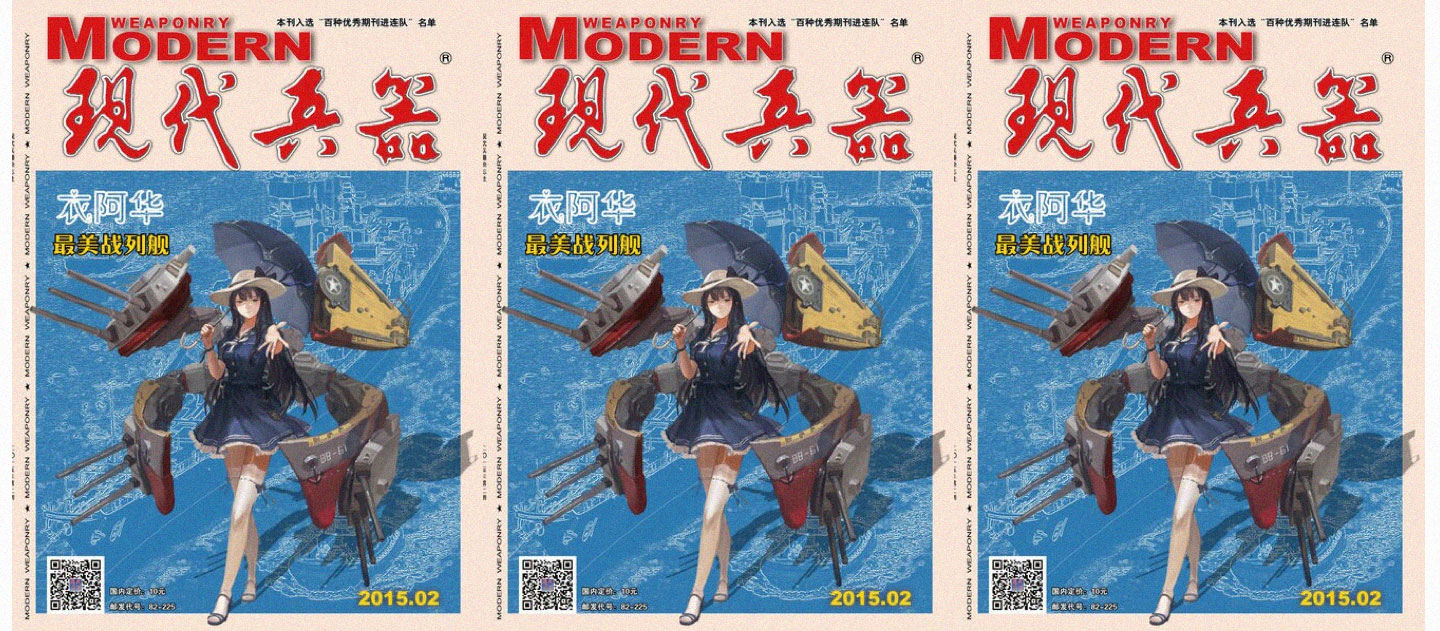Geert Lovink and Yuk Hui, “Digital Objects and Metadata Schemes,” e-flux journal 78 (December 2016) →.
As cited in Julia Vaingurt, Wonderlands of the Avant-Garde: Technology and the Arts in Russia of the 1920s (Evanston: Northwestern University Press, 2013), 12.
Liu Cixin, China 2185, written in 1989 and never published in print. It now circulates online and can be accessed on sites such as http://www.kanunu8.com/book3/6655/
Xin Wang, “Wind Rising from the Tips of Green Duckweeds: A Conversation with Qiu Anxiong,” Temporal Turn: Art and Speculation in Contemporary Asia (Kansas: Spencer Museum of Art), 159.
Interview with the artist in Feburary 2016.
Available in Zainab Bahrani, The Graven Images: Representation in Babylonia and Assyria (Philadelphia: University of Pennsylvania Press, 2003), 121–48.
Ibid., 131.
See the Jonah M. Kessel and Paul Mozur, “How China is Changing Your Internet,” video, New York Times, August 9, 2016 →
See Katie Rogers, “Boaty McBoatface: What You Get When You Let the Internet Decide,” New York Times, March 21, 2016.
See Siegfried Kracauer, as cited in “Techniques of the Observer: Hito Steyerl and Laura Poitras in Conversation,” Artforum, May 2015 →.
See Ran Dian editors, “‘We all just need to relax’—sound bites from ACAW,” Ran Dian, November 2 2015 →.
Finbarr Barry Flood, “Idol Breaking as Image Making in the ‘Islamic State,’” Religion and Society: Advances in Research 7 (2016): 116–38.
Ömür Harmanşhah, ”ISIS, Heritage, and the Spectacles of Destruction in the Global Media,” Near Eastern Archaeology, vol. 78, no. 3 (2015): 170–77.
Michel Foucault, Remarks On Marx (New York: Semiotext(e), 1991), 121.
Dawn Chan, “Asia-futurism,” Artforum, Summer 2016 →.
David S. Roh, Betsy Huang, and Greta A. Niu, “Techno-Orientalism: An Introduction,” Techno-Orientalism: Imagining Asia in Speculative Fiction, History, and Media (New Brunswick: Rutgers University Press, 2015), 1–19.
Ibid., 10.
Judith Butler, “Performative Acts and Gender Constitution: An Essay in Phenomenology and Feminist Theory,” Theatre Journal, vol. 40, no. 4. (December 1988): 530.
Cao Fei/China Tracy, “RMB City Manifesto,” reprinted in Cao Fei: I Watch That Worlds Pass by, ed. Renate Wiehager (Köln: Snoeck, 2015), 199.
